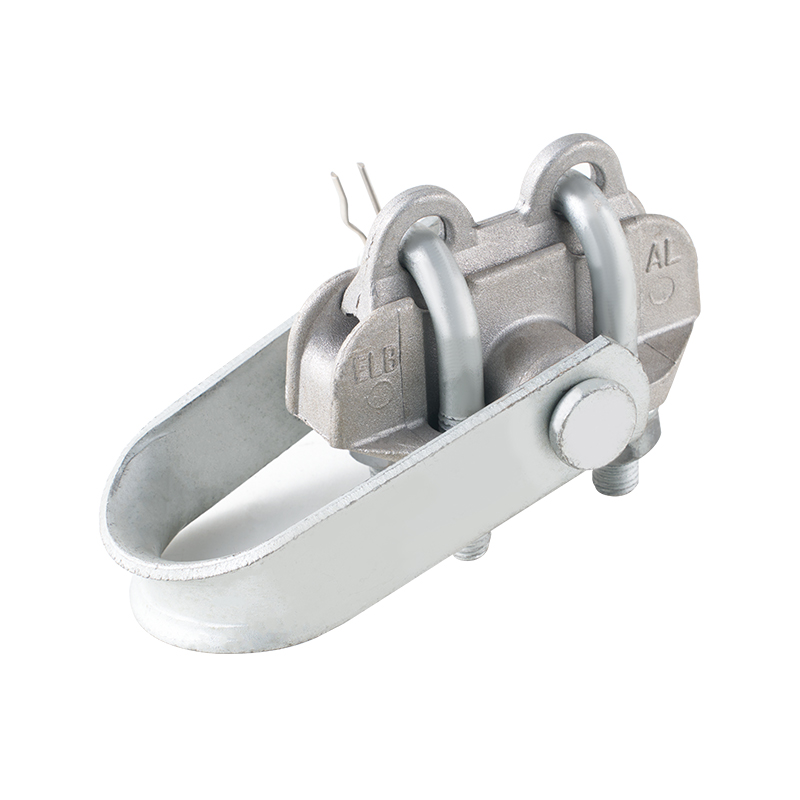The Advantages of Metal Clamp Casting Parts
Industry News-Metal clamp casting parts are widely used in industries such as automotive, aerospace, construction, and machinery manufacturing. These parts are typically produced through metal casting processes like sand casting, die casting, or investment casting. The main function of metal clamps is to provide a secure, reliable method for holding, fastening, or connecting different components within a system.

One of the key advantages of metal clamp casting parts is their strength and durability. Metal clamps are typically made from high-strength materials such as cast steel, aluminum alloys, or stainless steel, all of which offer resistance to wear and corrosion. This makes them ideal for applications where components are subject to high loads, vibrations, and environmental stresses. In critical systems like piping, pressure vessels, and machinery, the integrity of these clamps is essential to ensure safety and operational reliability.
Metal clamp casting parts can be produced with a high degree of precision, ensuring a fit for the system or machine they are intended to hold or fasten. With advancements in casting technologies such as 3D printing and computer-aided design (CAD), manufacturers can create clamps with intricate geometries and tight tolerances. Moreover, casting processes offer the flexibility for custom designs, allowing manufacturers to meet the specific requirements of their customers.
Casting is often more cost-effective than other manufacturing methods, especially for large production runs. Unlike machining or forging, which may require multiple steps and tools, casting allows for the production of complex shapes in one single process. This reduces labor, tooling, and material costs, making metal clamp casting parts a more affordable solution for many industries.
Expel shell casting, also known as lost wax casting or investment casting, is a method used to create high-precision parts, often with complex geometries and fine details. This casting process is especially popular in industries that require parts with surface finish and dimensional accuracy, such as aerospace, medical devices, jewelry, and automotive components. But how exactly are expel shell casting parts produced? Let's break down the process step by step.
The step in expel shell casting involves creating a detailed wax model of the desired part. This model is typically made by injecting molten wax into a mold, which is then cooled to solidify. For more complex shapes, the model can be carefully sculpted by hand or using 3D printing technologies. These wax models are exact replicas of the final product, so high precision is necessary at this stage.
Once the individual wax models are made, they are assembled into a tree or cluster, where multiple parts are attached to a central wax rod. This rod is then coated with a layer of wax, ensuring that the parts are securely bonded. This step is crucial as it ensures the integrity of the final mold and allows for the efficient use of material.
The assembled wax model is then coated with a fine, heat-resistant ceramic shell. This shell is formed by repeatedly dipping the wax model into a slurry mixture of silica, sand, and water, followed by sprinkling or sprinkling fine sand over the shell. After each dip, the shell is allowed to dry, forming a hardened, thick layer around the wax model.
The process of building the ceramic shell involves multiple dips and drying cycles, typically resulting in a shell that is several millimeters thick. The thickness of the shell depends on the size and requirements of the part being cast.
Once the ceramic shell has hardened and dried completely, the entire assembly is placed in an oven or furnace to melt the wax. The wax is heated to its melting point, and it flows out of the shell, leaving behind a hollow cavity in the shape of the desired part. This step is why this process is often called lost wax casting because the wax is lost during this phase.
 En
En
 русский
русский Español
Español عربى
عربى Deutsch
Deutsch















